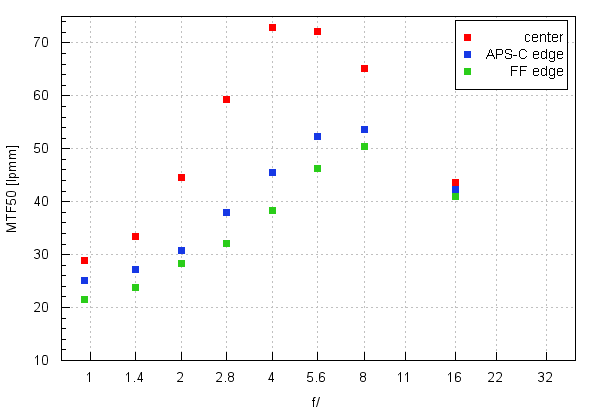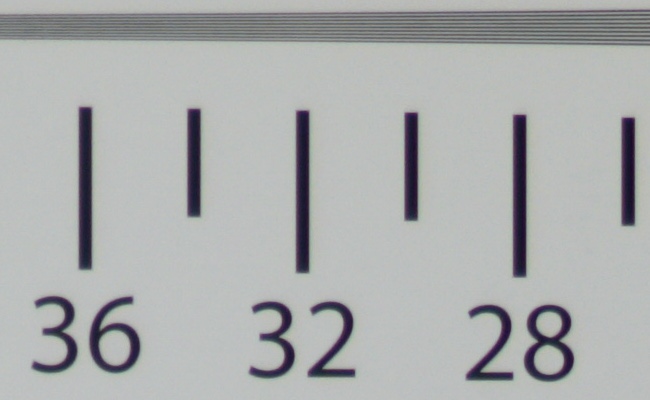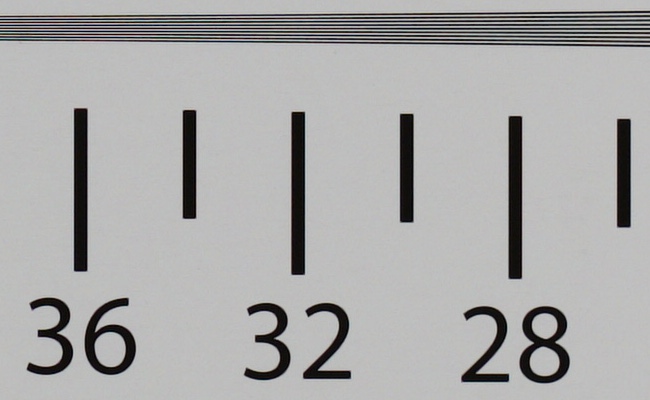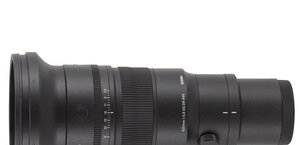Mitakon Speedmaster 50 mm f/0.95
4. Image resolution
Let’s check how the Mitakon 0.95/50 compares – its results in the frame centre, on the edge of the APS-C sensor and on the edge of full frame presents the graph below.

Please Support UsIf you enjoy our reviews and articles, and you want us to continue our work please, support our website by donating through PayPal. The funds are going to be used for paying our editorial team, renting servers, and equipping our testing studio; only that way we will be able to continue providing you interesting content for free. |
- - - - - - - - - - - - - - - - - - - - - - - - - - - - - - - - - - - - - - - - - - - - - - - -
The maximum values we got in the frame centre by f/4.0 and f/5.6 are excellent, comparable to the results of the best lenses of this system. Why? It seems the very good fastness of this lens is the answer to that question; it provides you an opportunity of stop down by several aperture values in order to limit distinct optical aberrations. Do those excellent results mean you deal here with a good optical instrument? Not necessarily. The best lenses reach the peak of their performance on stopping down by about 2-3 EV. In the case of the tested lens you have to stop down by as much as 4-5 EV. It means there are really many aberrations to limit and the performance of the lens near the maximum relative aperture, which can be described only as bad, shows well what their levels really are. Such apertures as f/0.95 and f/1.4 are nice to have but they are also rather pointless in a situation when your images become fully useful only near f/1.8…
It is even worse on the edge. Damping down off-axis aberrations becomes even more difficult at that place and the Mitakon has a lot of problems with its performance. In order to get a sensible image quality on the edge of the APS-C sensor the tested lens has to be stopped down to near f/3.2; in order to get the same effect on full frame you have to employ the f/4.5 aperture. To be honest such results are nothing to be proud of.
To sum up: you don’t buy a f/0.95 aperture lens to observe resolution records by f/4.0 and f/5.6. If you really care about those records it’s better to buy a macro f/2.8 lens. A fast lens should allow you to make use of its maximum relative aperture and in the case of the Mitakon 0.95/50 you have to get used to weak image quality in that place. It might be enough for Full HD movies but surely it won’t be enough for 24 Mpix resolution sensors.
At the end of this chapter, traditionally, we present crops taken from photos of our resolution testing chart, saved as JPEG files along RAW files we used for the analysis above.
| A7R II, JPEG, f/0.95 |
 |
| A7R II, JPEG, f/4.0 |
 |






